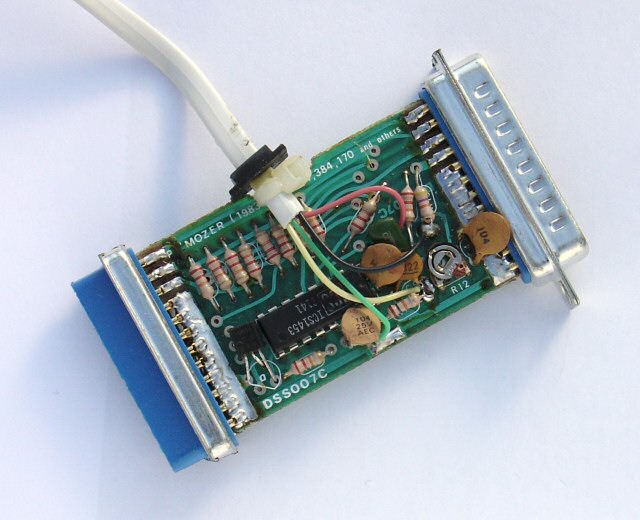Thanks for the info everyone!, i can't find the datasheet, probably because is some random custom part from that time, i did found the programmer guide, that says that there are 4 pins in the cable and gave me the same info that keropi said, power, gnd, sound and "Power Control" that turns on the amplifier.
keropi wrote:there is more to it in the Disney Sound Source speaker part as it is self-powered with a 9v battery: […]
Show full quote
there is more to it in the Disney Sound Source speaker part as it is self-powered with a 9v battery:


I'd say your best bet is to use a multimeter to isolate the 5v wire and not use it at all. Then attach a passive speaker/headphones and try to find the pair that carries the audio. If you need to build an amp then use an external power source like the original design, over-drawing current from the LPT is not a good idea...
I think i can do something with the photos! thanks!




